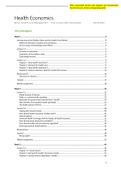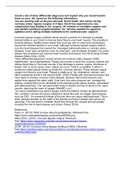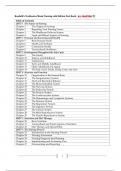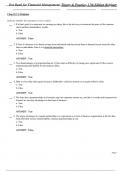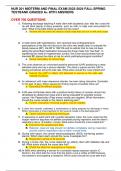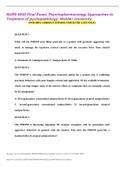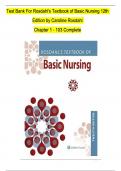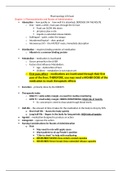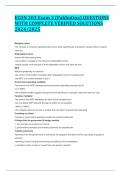Samenvatting
Summary Health Economics_Minor Healthcare Management_Gezondheidswetenschappen
- Instelling
- Vrije Universiteit Amsterdam (VU)
This summary includes all lectures with notes, the processing of the book and related articles, answers of the weekly assignments and notes of the working groups. In other words: the total package for your exam Health Economics.
[Meer zien]
